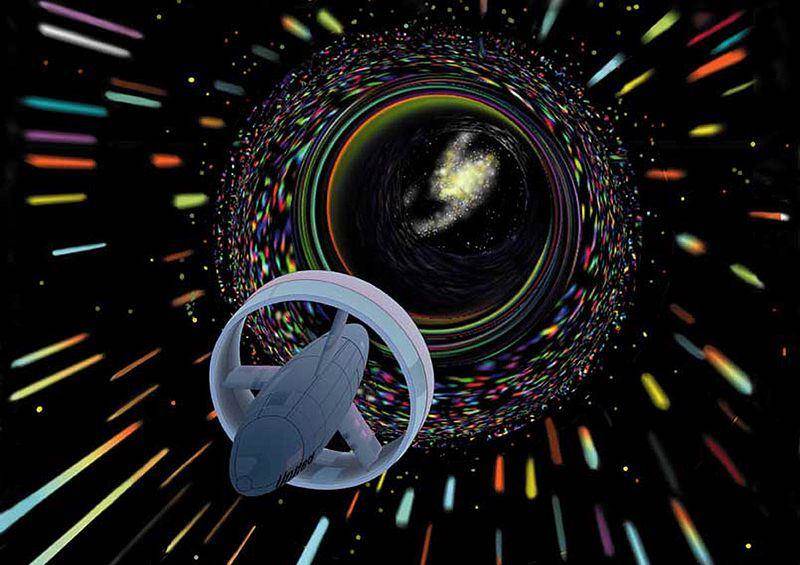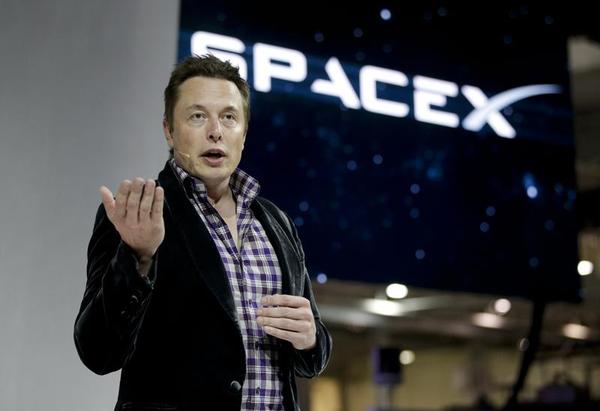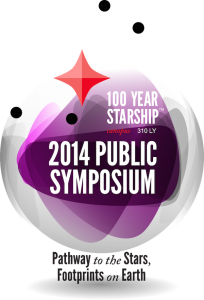Yesterday’s program, The Next Space Race, on Bloomberg TV was an excellent introduction to the commercial aerospace companies, SpaceX, the Sierra Nevada Company (SNC), and Boeing. The following are important points, at the stated times, in the program:
0.33 mins: The cost of space travel has clipped our wings.
5:18 mins: How many people knew Google before they started?
7:40 mins: SpaceX costs, full compliment, 4x per year at $20 million per astronaut.
11:59 mins: Noisy rocket launch, notice also the length of the hot exhaust is several times the length of the rocket.
12:31 mins: One small step for man, one giant leap for mankind.
12:37 mins: Noisy shuttle launch, notice also the length of the hot exhaust is several times the length of the rocket.
13:47 mins: OPF-3, at one time the largest building in the world at 129 million cubic feet.
16:04 mins: States are luring private companies to start up in their states.
16:32 mins: NASA should be spending its money on exploration and missions and not maintenance and operations.
17:12 mins: The fair market value of OPF-3 is about $13.5 million.
17:19 mins: Maintenance cost is $100,000 per month
17:47 mins: Why Florida?
18:55 mins: International Space Station (ISS) cost $60B and if including the Shuttle program, it cost $150B.
19:17 mins: The size of the commercial space launch business.
21:04 mins: Elon Musk has put $100 million of his own money into SpaceX.
21:23 mins: The goals of NASA and private space do not conflict.
Summary:
1. Cost of ISS is $60B, total cost including the Shuttle program is $150B.
2. SpaceX cost is $20M per astronaut (for 7 astronauts) or a launch cost of $140 million per launch at $560 million per year for 4 launches per year.
Continue reading “The Next Space Race” »







 Based on the Bloomberg TV program “The Next Space Race” and other reliable sources, I determine the realistic payload costs goals for the next generation of private space companies.
Based on the Bloomberg TV program “The Next Space Race” and other reliable sources, I determine the realistic payload costs goals for the next generation of private space companies. In April 2012 I met Lisa Randall while book signing at the National Space Symposium, held every April at the Broadmoor Hotel, Colorado Springs, Colorado. She is the Frank B. Baird, Jr., Professor of Science at Harvard University.
In April 2012 I met Lisa Randall while book signing at the National Space Symposium, held every April at the Broadmoor Hotel, Colorado Springs, Colorado. She is the Frank B. Baird, Jr., Professor of Science at Harvard University.






